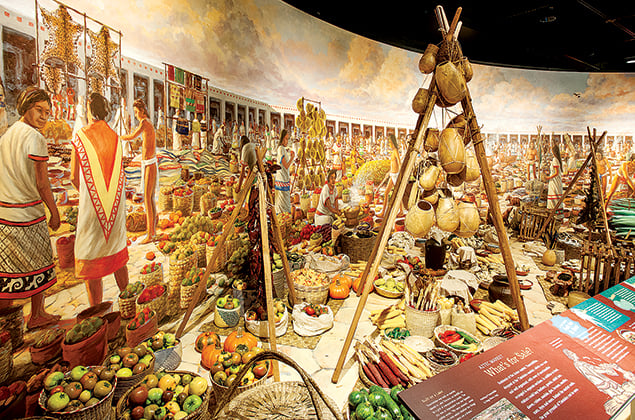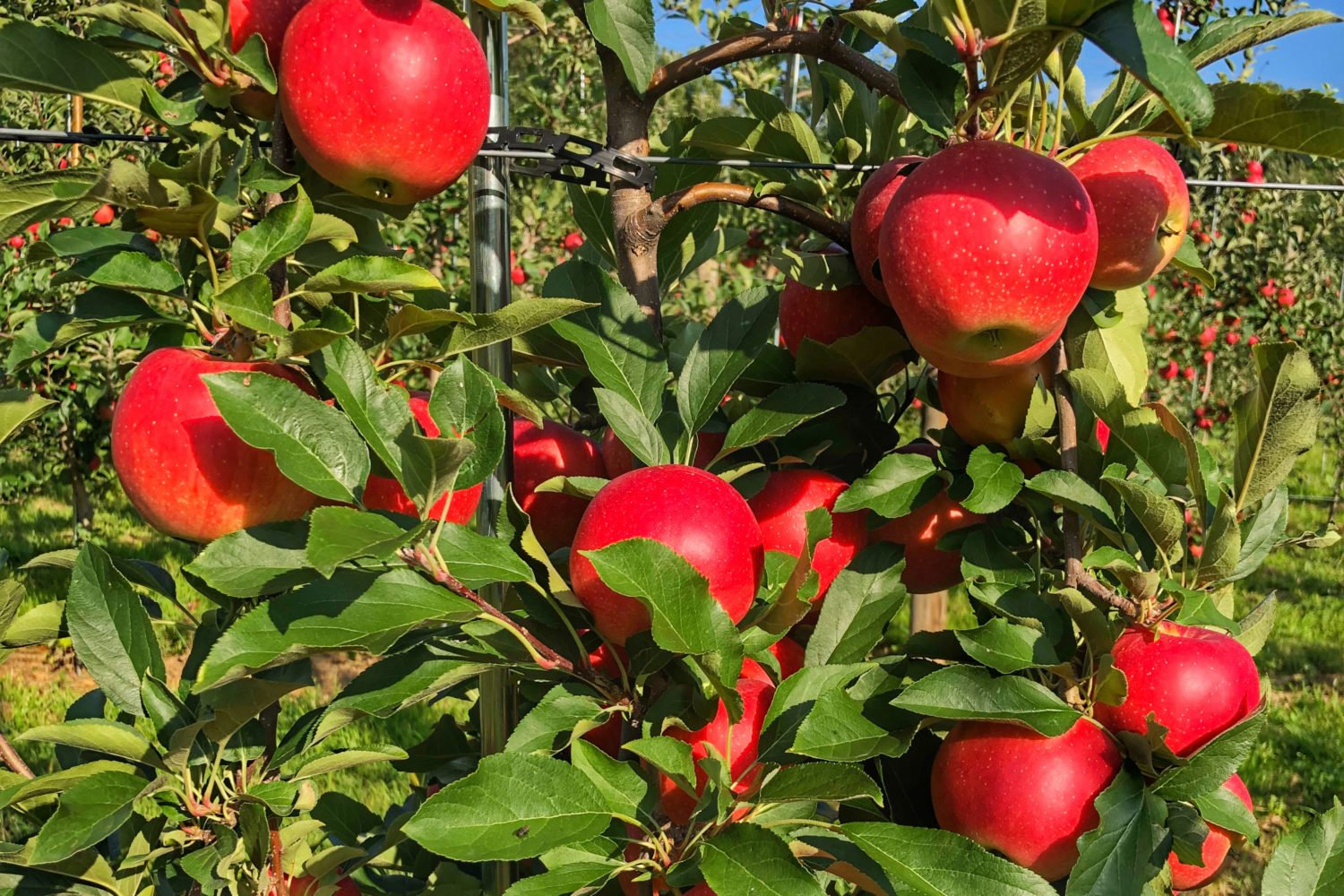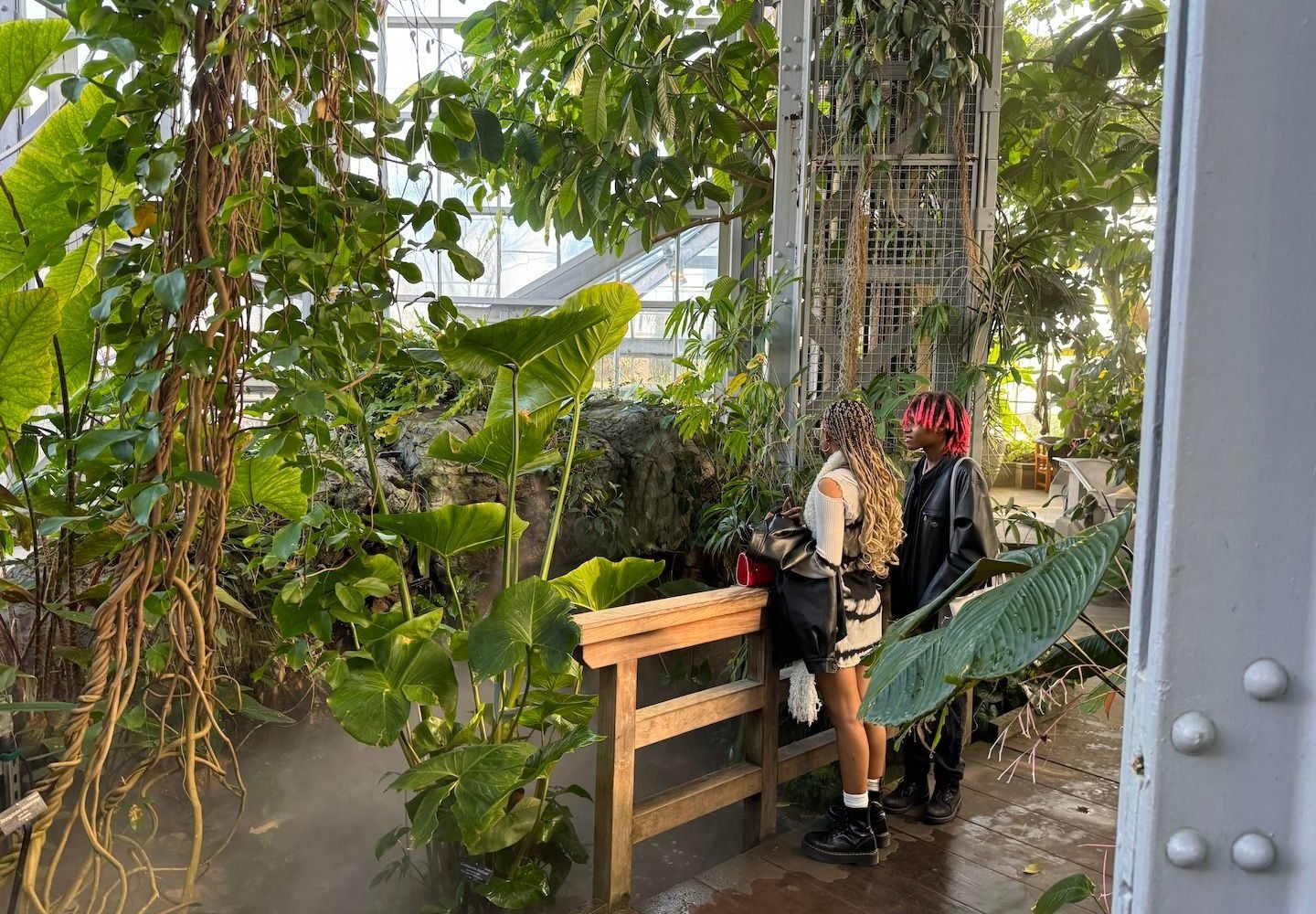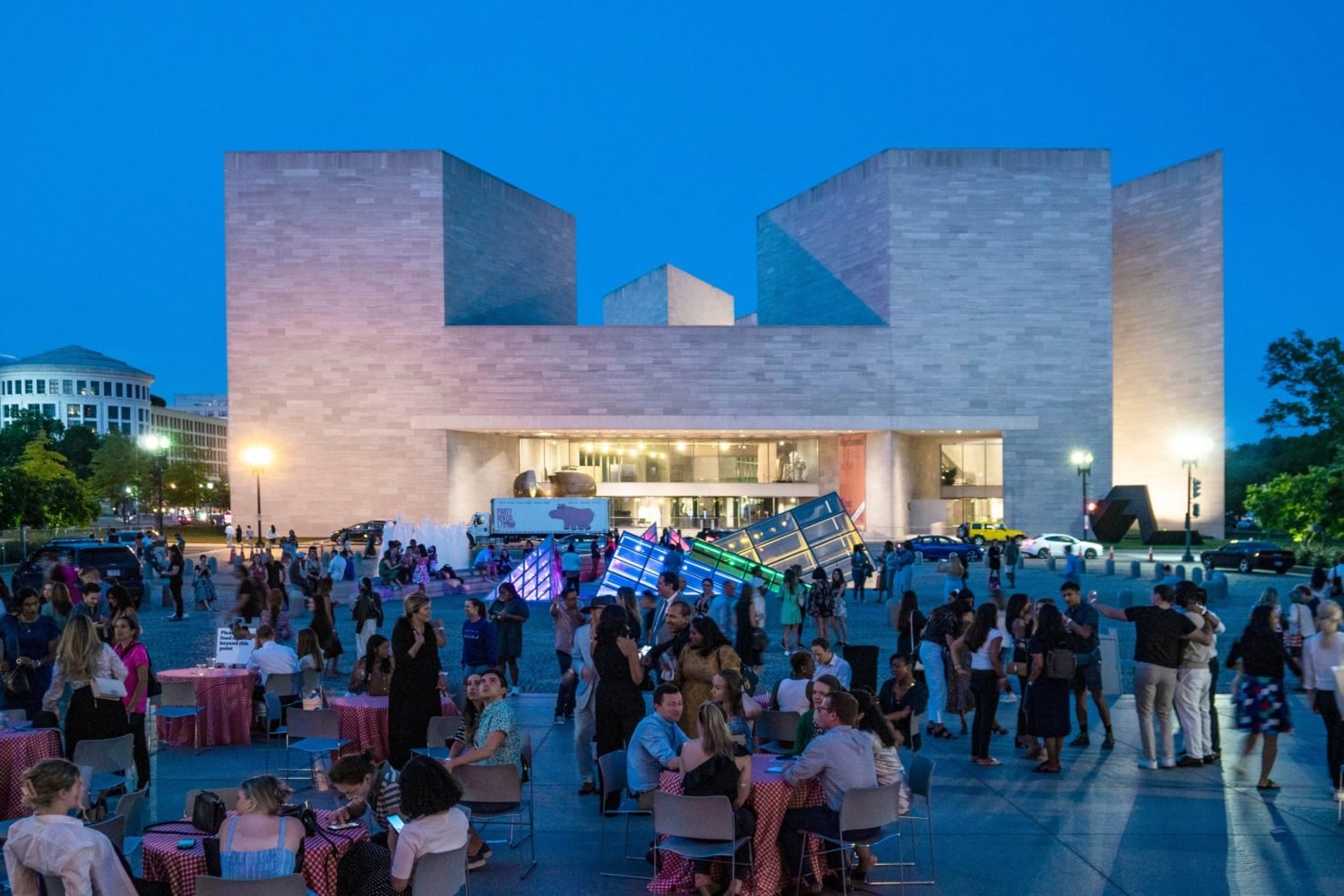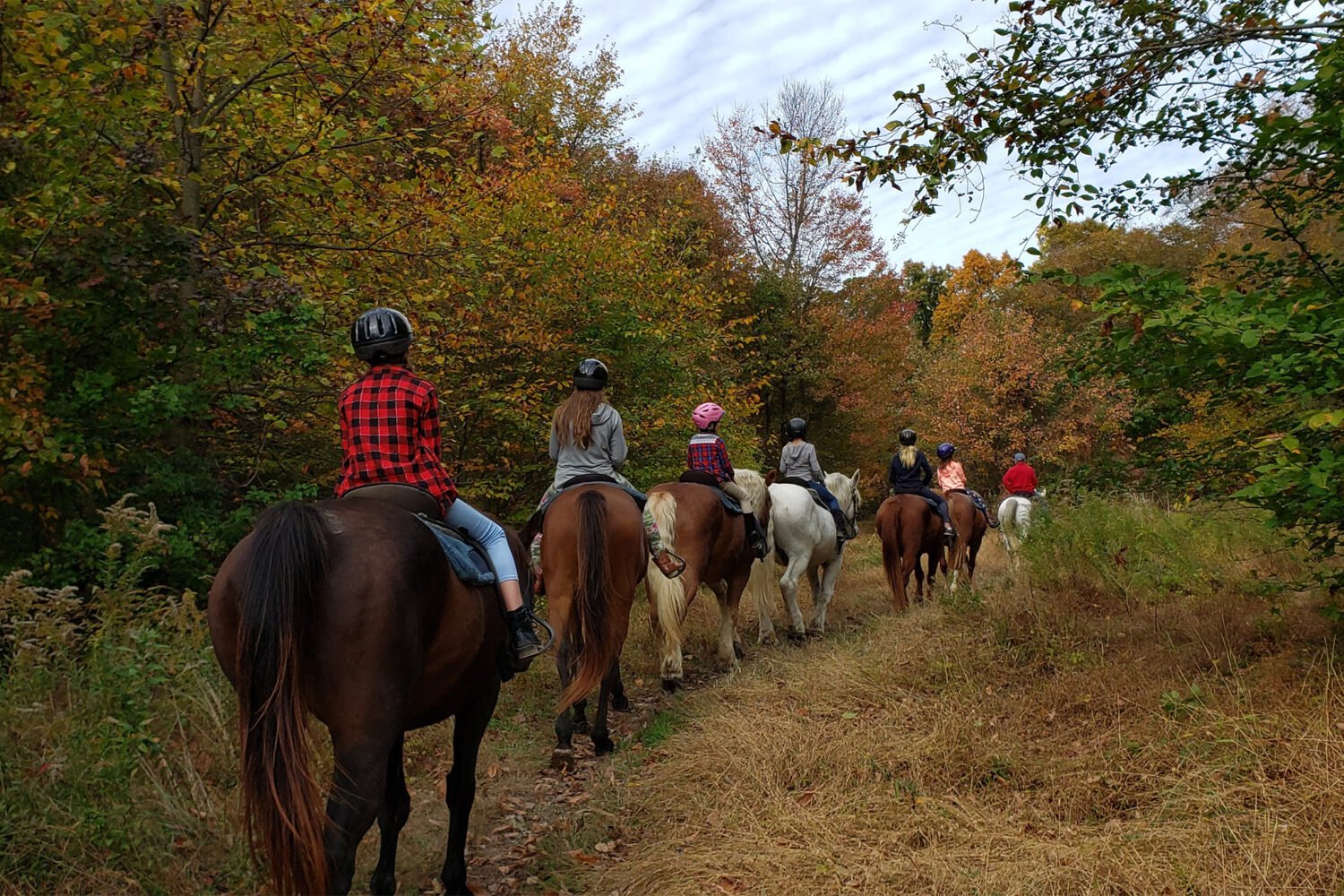Nowadays, when even neighborhood grocery stores can offer an eye-popping variety of foods, including ancient grains and exotic produce, it’s easy to forget it all has to come from somewhere.
The National Geographic Museum turns the spotlight on that idea in “Food: Our Global Kitchen,” which examines the way food—producing it, distributing it, consuming it—anchors every culture.
The exhibit, organized with New York’s American Museum of Natural History and running October 16 through February 22, delves into how what we eat “connects us across geographic barriers,” says Kathryn Keane, vice president for exhibitions for the National Geographic Society.
Visitors travel through history with interactive exhibits exploring the early days of farming and cultivation, the food trade (including a replica of a 16th-century Aztec marketplace), and utensils and grocery-shopping habits in various regions. There’s even a “test kitchen,” cosponsored by Whole Foods, that teaches how certain edibles were prepared—and provides samples.
A discussion of the food industry’s past wouldn’t be complete without a look at its future and the increasingly relevant topics of world hunger and dwindling natural resources.
“There’s a lot of talk about conservation and how the planet’s population is expanding at a rapid rate,” says Keane. “This is an opportunity to learn about the different places and economies that go into supporting the food supply. We tend to forget the importance of farming, but in many ways it’s the most important economy there is.”
The opening of the exhibit—encompassing programs, lectures, and films that look at subjects such as food photography and sustainable dinners—coincides with World Food Day, which aims to raise awareness of global hunger.
The museum is also hosting a free Harvest Day on October 25 with vendors, live music, and tastings. Across all of the exhibits and activities, the goal is the same: to make people reconsider a subject both vital to life and easy to take for granted.
Purchase tickets ($11) at National Geographic’s website.
This article appears in the October 2014 issue of Washingtonian. Find Tanya Pai on Twitter at @tanyapai.

